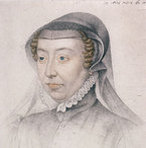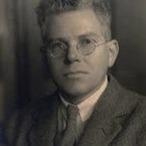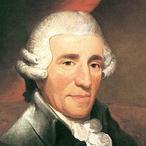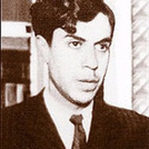|
From the Nikolaisaal in the heart of Potsdam, Germany, we were treated to a fantastic concert with two giants of the Baroque music world: coloratura soprano Simone Kermes and contralto Sonia Prina. The music focused on Handel and some of his rival composers: Porpora, Vivaldi, Pergolesi, and a fiery aria from Gluck. With a combined range of over three octaves (E6 from Kermes, and D3 from Prina) the evening was a virtuosic extravaganza: a truly memorable occasion. We were presented with a delightful pair of slow, pensive arias. Sonia Prina’s hypnotic delivery of Vivaldi’s magnificent “Là, sull'eterna sponda” was the first aria of the evening. The superb phrasing and tender delivery captivated the Potsdam audience, while her cavernous G3 in the da capo rang out gloriously throughout the hall. Simone Kermes tantalised us with the beautiful “Alto Giove” by Porpora. She began with a tender messa di voce on the first vowel, which she swelled and diminished with admirable control, and her high pianissimo in the da capo was haunting. Each of the soloists had three bravura arias. Sonia Prina’s first offering was “Quel vasto quel fiero” from Porpora’s Polifemo, where her speed and agility were highly impressive. Prina utterly dominated the fierce “Se fedele mi brama” from Gluck’s Ezio. She revelled in the low tessitura of the piece, the passages below the stave full of strength and power. Finally, Prina blew the audience away with her electric coloratura and commanding stage presence in Handel’s “Venti turbini”. Simone Kermes launched into Porpora’s “Vedrà turbato il mare” with complete abandon, leaping into the stratosphere with amazing security. Kermes powered through the ferocious “Empi se mai disciolgo” seemingly without stopping for breath, while she playfully vaulted above the stave in “Son qual nave in ria procella”.
The evening was dominated by a series of duets between the soprano and contralto. We were presented with two offerings from Pergolesi’s Stabat Mater. In “Stabat Mater dolorosa” Kermes and Prina sauntered through the sinuous suspensions with spine-tingling precision, their two distinct voices intertwining magically. “Fac, ut ardet cor meum” is much faster, much more vigorous. The combination of two of the Baroque music world’s best coloratura specialists made for an exciting rendition. Perhaps my favourite duet of the evening was Handel’s “Io t’abbraccio” from Rodelina. Prina and Kermes were completely in character, full of heartache and suffering: a truly stunning rendition of this devastating duet. But is wasn’t all heartache and sorrow. By the time we came to the encores, we were into the territory of the Baroque love duet. The first encore was the ebullient “Scherzano sul tuo volto” from Handel’sRinaldo. Kermes and Prina sang like a pair of young lovers, and ended the piece with a kiss! The second duet, “Caro! Bella!” from Giulio Cesare, saw Prina dive down to a marvellous D3 at the beginning of the da capo, the lowest note I have heard from her so far. Throughout the concert, the accompaniment by La Magnifica Comunità, under the direction of Enrico Casazza, was, as always, excellent.
0 Comments
Your comment will be posted after it is approved.
Leave a Reply. |
Categories
All
Archives
September 2014
|
MOST VIEWED POSTS
© James Edward Hughes 2013
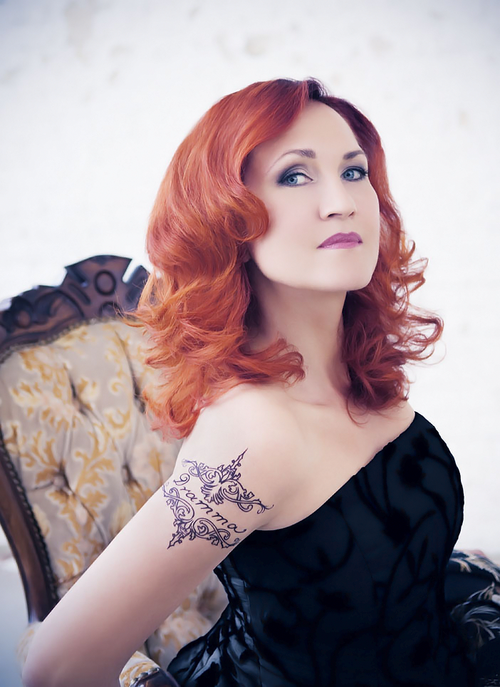
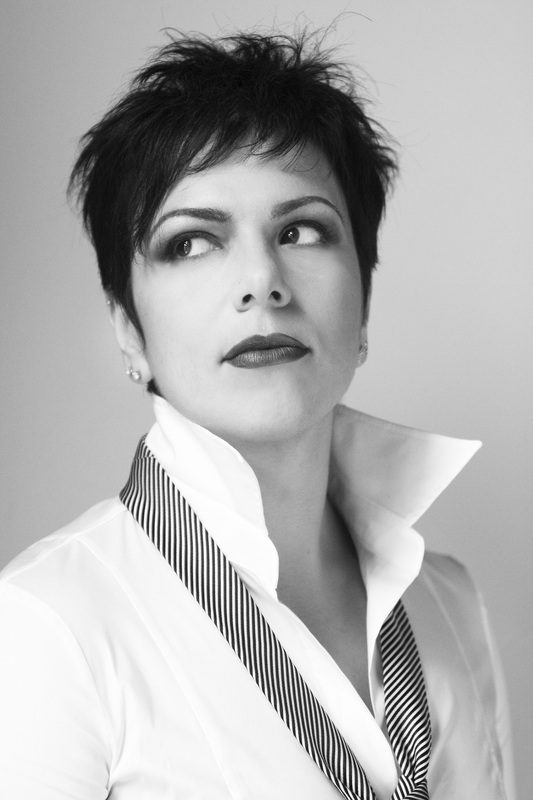
 RSS Feed
RSS Feed
